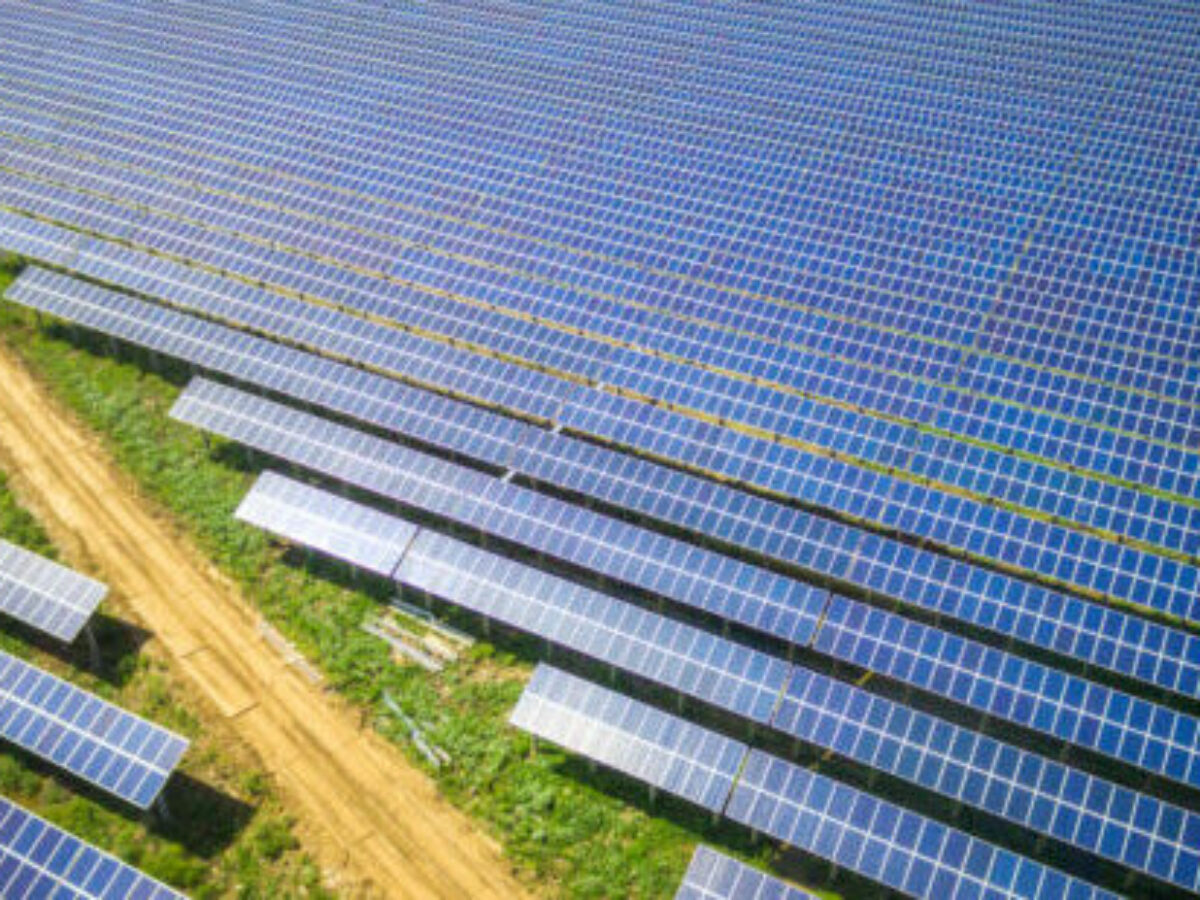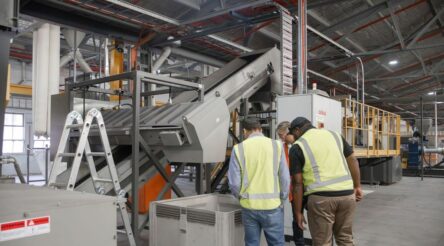New report looks at boosting Australia’s participation in booming silicon value chain

A report released by CSIRO on Friday presents a three-horizon plan for Australia to create its own supply chain for silicon and solar cells, from mining to manufacture to end of life processes.
The Australian Silicon Action Plan looks at the potential role for Australia in a global energy transition where, according to the International Renewable Energy Agency, solar generation capacity must increase five-fold by 2030, and 14-fold by 2050, to meet net-zero targets. In this content, Australia could become a “superpower” in solar photovoltaic generation and export.
(The report can be accessed here.)
Currently, Australia – which is expected to see solar rising from 12 per cent to approximately 50 per cent of energy generation by 2050 – is reliant on overseas supply chains for solar technology, according to the CSIRO, with associated risks.
“The Australian Silicon Action Plan suggests a pathway for the creation of an industry that has the potential to provide employment and reskilling opportunities, the delivery of significant economic benefits that come from adding value to Australia’s mineral endowment, development of new industries in regional Australia with the world’s best ESG standards, all while improving Australia’s energy security and independence,” said CSIRO Principal Research Scientist Dr Chris Vernon in a statement.
The report, authored by PwC Australia, suggests a three-horizon set of actions:
- One – actions that can commence immediately as first steps to developing an integrated silicon and solar cell supply chain. These include identifying potential locations for new smelting facilities, integrating renewable power into smelting processes, and research funding into next generation processes and technologies.
- Two – actions focused on expanding Australia’s supply chain activity, such as developing more complex supply chain steps of manufacturing components for solar cells
- Three – actions that will lead to an integrated, low-carbon and circular solar cell supply chain in Australia, such as supporting polysilicon production and focusing R&D efforts on developing and scaling emerging and future technologies.
Australia has the raw material for silicon, quartz, in abundance, but little smelting capacity. Silicon is classed as a critical mineral due to its array of uses, including silicon semiconductors, solar cells and aluminium alloys.
Seventy per cent of the world’s silicon is currently produced in China, which also dominates supply of the purified form of silicon, polysilicon.
When it comes to making polysilicon into solar cells, its dominance goes even further: China represents “between 75 per cent and 97 per cent of these stages of production” according to the CSIRO.
Picture: supplied
Topics Manufacturing News
@aumanufacturing Sections
Analysis and Commentary Awards Defence Manufacturing News Podcast Technology Videos










